
和菓子は、おいしいですよね。
和菓子とは日本の伝統的なお菓子のことです。
明治時代になってから海外から入ってきた洋菓子に対して、和菓子は、江戸時代までに伝わり、日本特有のものへと変化したお菓子のことです。
和菓子は、主に小豆や餅粉、米粉などを原料としているので、ふんわりとやさしい甘さがあります。
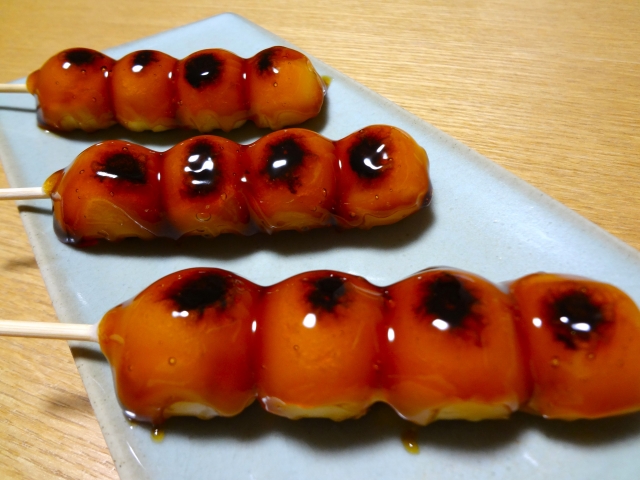
和菓子は、視覚・味覚・嗅覚・聴覚・触覚の五感で味わうことができることから、「五感の芸術品」と言われることもあります。
和菓子は、季節を意識して作られることも多いです。
日本は、四季の変化がはっきりしていて、自然の美しい景色が季節により違います。そのような変化する季節の様子のことを季節のいう言葉で表すこともあります。
和菓子の中には、季節特有の季節をデザインの中に取り入れたものもあります。
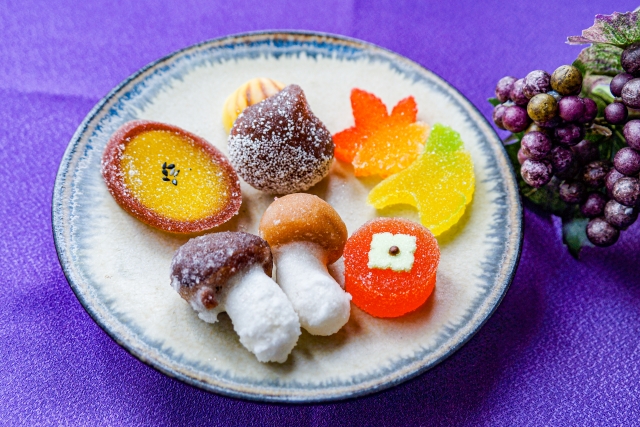
和菓子は、年中行事にも用いられることもあります。
その行事に合わせた和菓子もたくさんあり、その種類は100種類以上あります。
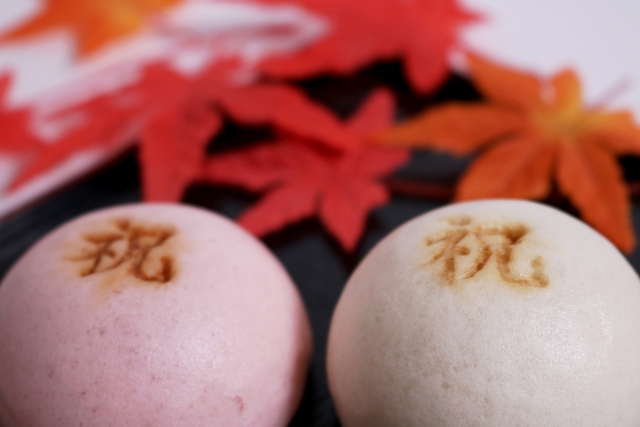
あなたの好きな和菓子は何ですか。
関係する言葉は、次のページを見てください。
Wagashi
Wagashi is a traditional Japanese confectionery.
In contrast to Western confectioneries, which were introduced from overseas during the Meiji period (1868-1912), wagashi are confectioneries that were introduced by the Edo period (1603-1868) and transformed into something unique to Japan.
Wagashi are made mainly from azuki beans, rice cake flour, or rice flour, which gives them a soft and gentle sweetness.
Wagashi can be tasted with the five senses of sight, taste, smell, hearing, and touch, and is sometimes referred to as a “work of art of the five senses.
Wagashi are often made with the seasons in mind.
In Japan, the four seasons change clearly, and the beautiful scenery of nature differs from season to season. Such changing seasons are sometimes expressed by the term “kacho-fu-getsu” (flowers, birds, winds, and the moon).
Some wagashi incorporate the unique seasonal beauty of flowers, birds, winds, and the moon into their designs.
Wagashi are also used for annual events.
There are many wagashi for these events, and there are more than 100 varieties.
What is your favorite wagashi?
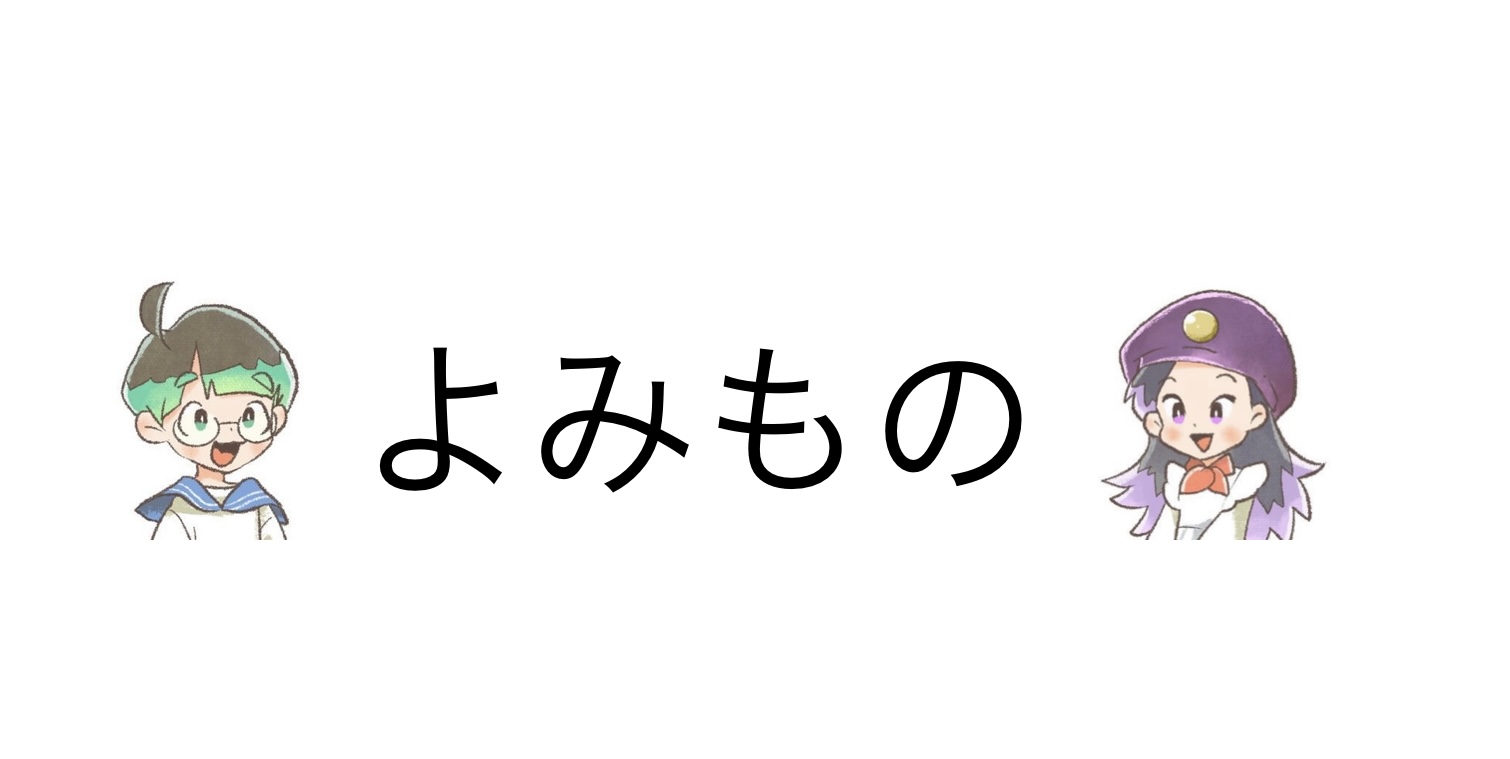
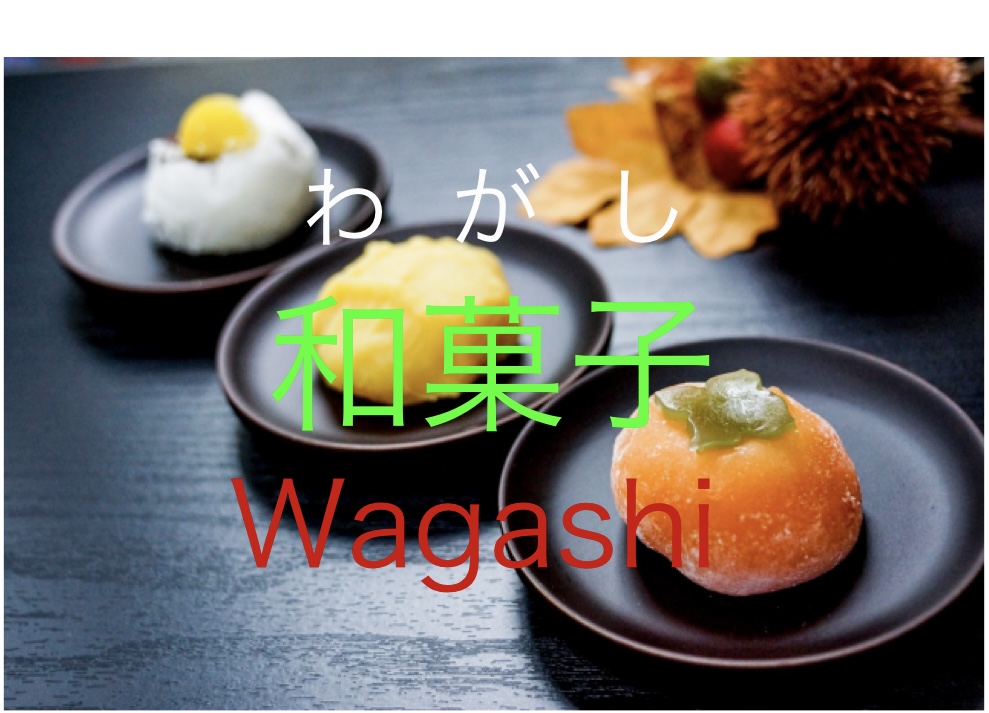


コメント